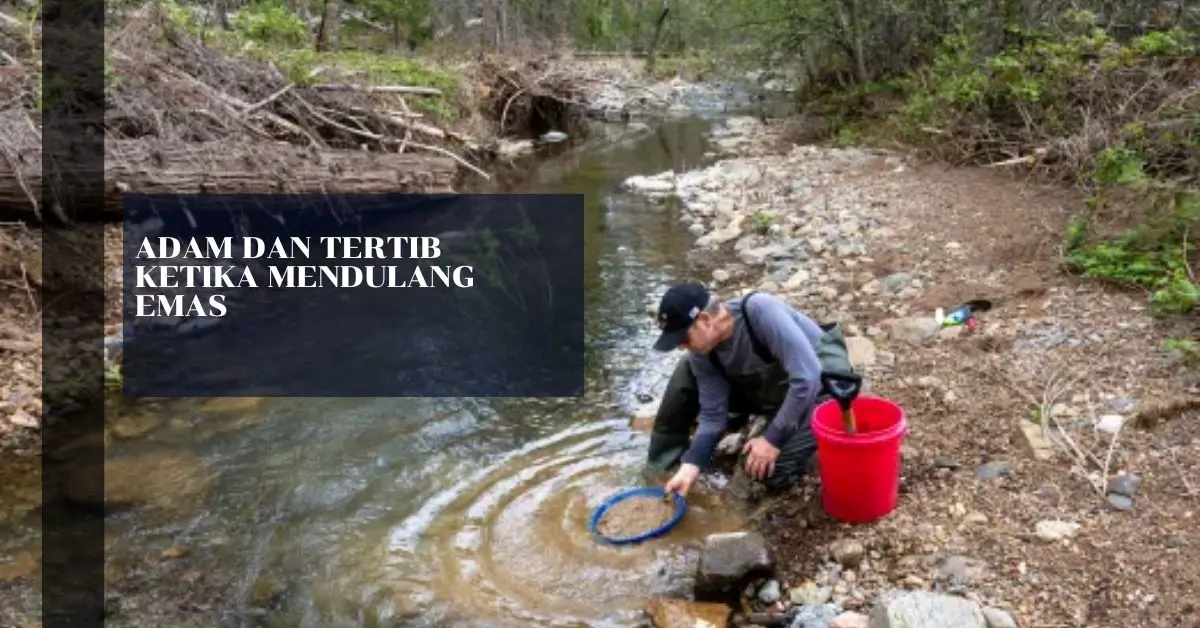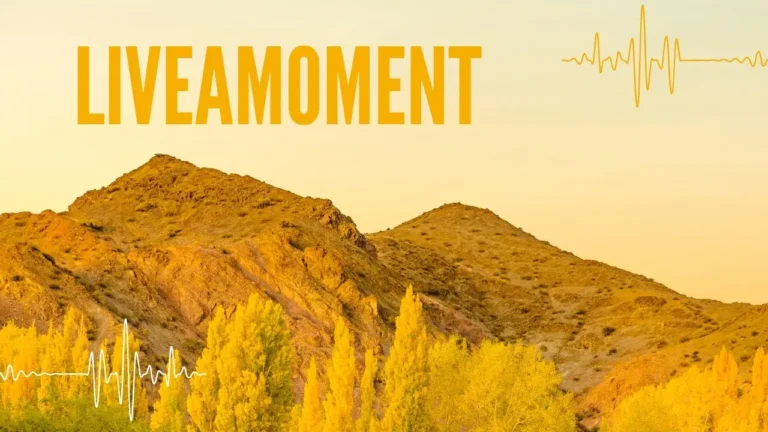Ethical Gold Panning: Safe Practices for Gold Prospectors
Gold panning has been a treasured activity for centuries, capturing the imagination and dedication of countless adventurers. However, beyond the glittering allure of gold lies a discipline that demands precision, patience, and respect for safety protocols. In this comprehensive guide, we will explore the essential practices that ensure not only the success of your gold panning endeavors but also the safety and preservation of the environment. Let us delve into the intricacies of discipline and safety that are crucial when engaging in this ancient practice.
Understanding the Fundamentals of Gold Panning
Before delving into the disciplines required for gold panning, it is essential to understand the fundamental techniques that serve as the foundation of this practice. Gold panning involves using a shallow pan to extract gold from riverbeds, creeks, and streams. The process includes filling the pan with sediment and water, agitating it to separate the gold from lighter materials, and slowly removing the debris until only the heavier gold particles remain.
Selecting the Right Equipment
One of the first steps in successful gold panning is selecting the appropriate equipment. High-quality pans are essential, typically made of durable materials such as steel or plastic. The pan’s shape and size play a critical role in the process, with wider, shallower pans being preferable for beginners. Classifiers, suction bottles, and snuffer bottles are other essential tools that aid in the extraction and collection of fine gold particles.
Ethical Gold Panning Practices
Practicing gold panning ethically ensures that you contribute positively to the environment and local communities.
- Follow Local Regulations: Before starting, check local laws and regulations governing gold panning. Many areas have specific rules to protect natural resources.
- Obtain Permits: Some regions require permits for gold panning. Ensure you have the necessary permissions to avoid legal issues.
- Respect Private Land: Always seek permission from landowners if you plan to pan on private property.
- Minimize Disturbance: Use methods that reduce soil and water disruption. Restore the area to its natural state after panning.
Mastering the Technique
Mastering the technique of gold panning requires practice and precision. The key lies in the careful agitation of the pan to allow the heavier gold particles to settle at the bottom. It is important to perform slow, deliberate motions, allowing the water to carry away lighter materials while retaining the gold. This technique, combined with a keen eye for recognizing gold-bearing sediments, can significantly increase the chances of success.
The Importance of Discipline in Gold Panning
Gold panning is not merely a physical activity but a mental discipline that requires patience, persistence, and a deep respect for the environment. Discipline in gold panning extends beyond the technical aspects; it encompasses the mindset and approach that determine the success and sustainability of the practice.
Patience and Persistence
Gold panning is a slow and methodical process that often yields small returns. The key to success lies in maintaining patience and persistence, even when the results are not immediately rewarding. Panning for gold requires spending long hours at the riverbank, meticulously sifting through sediment in search of the precious metal. It is a practice that tests one’s endurance and determination, rewarding those who approach it with unwavering commitment.
Respecting the Environment
Gold panning is deeply intertwined with the natural environment, and it is crucial to approach the practice with a strong sense of environmental responsibility. This includes adhering to local regulations, respecting wildlife habitats, and minimizing the ecological impact of your activities. Sustainable gold panning involves using eco-friendly methods, such as avoiding the use of harmful chemicals and ensuring that sediment and debris are returned to the waterway after panning.
Adhering to Local Laws and Regulations
Discipline in gold panning also involves adhering to local laws and regulations governing the practice. In many regions, gold panning is subject to strict rules to protect natural resources and preserve public lands. It is essential to obtain the necessary permits, follow designated guidelines, and respect property boundaries. Failure to comply with these regulations can result in legal consequences and harm to the environment.
Safety Precautions in Gold Panning
While gold panning may appear to be a low-risk activity, it is not without its hazards. Ensuring safety requires a combination of proper preparation, awareness of potential dangers, and adherence to best practices. Safety in gold panning is not just about personal well-being but also about safeguarding others and the environment.
Personal Protective Equipment (PPE)
Wearing appropriate personal protective equipment (PPE) is crucial when gold panning. This includes sturdy footwear with good traction, gloves to protect your hands from sharp objects, and a wide-brimmed hat to shield yourself from the sun. Depending on the location, it may also be necessary to wear a life jacket or use a wading staff to maintain balance in fast-moving water.
Weather Awareness
Gold panning often takes place in remote and rugged environments where weather conditions can change rapidly. It is essential to monitor the weather forecast before heading out and be prepared for sudden changes. Carrying extra clothing, a rain jacket, and a first aid kit are vital precautions that can prevent hypothermia, heatstroke, or other weather-related issues.
Hydration and Nutrition
Spending long hours outdoors can take a toll on the body, making it important to stay hydrated and well-nourished. Always carry an ample supply of water and energy-rich snacks to maintain your strength and focus throughout the day. Dehydration and fatigue can impair judgment, leading to accidents or mistakes in the panning process.
River and Water Safety
Rivers and streams, where gold panning is typically conducted, can present various hazards, including strong currents, slippery rocks, and deep water. Practicing water safety is paramount to preventing accidents. Never underestimate the power of water currents, and always be cautious when wading into rivers. It is advisable to pan in shallow areas where the risk of being swept away by the current is minimal.
Wildlife Awareness
Gold panning often takes place in areas inhabited by wildlife, including bears, snakes, and insects. Being aware of your surroundings and taking precautions to avoid encounters with wildlife is essential for your safety. Carrying bear spray, making noise while walking, and avoiding areas with dense vegetation can help reduce the risk of dangerous wildlife encounters.
The Role of Ethical Gold Panning
In addition to discipline and safety, ethical considerations play a significant role in gold panning. Ethical gold panning involves practices that prioritize the well-being of the environment, local communities, and future generations.
Minimizing Environmental Impact
Ethical gold panning involves minimizing your environmental impact by practicing low-impact panning techniques. This includes avoiding the use of dredging equipment, which can cause significant damage to riverbeds, and refraining from panning in protected areas. By focusing on sustainable methods, you can help preserve natural habitats and ensure that future generations can enjoy the beauty and resources of these environments.
Supporting Local Communities
Gold panning often takes place in areas with local communities that may rely on natural resources for their livelihoods. It is important to engage with these communities respectfully and responsibly, ensuring that your activities do not negatively impact their way of life. Purchasing supplies locally, following community guidelines, and contributing to local conservation efforts are ways to support and give back to the communities that host gold panning activities.
Passing on Knowledge and Skills
Ethical gold panning also involves passing on knowledge and skills to others, particularly the next generation of gold panners. Sharing your experiences, teaching others about sustainable practices, and promoting environmental stewardship can help preserve the tradition of gold panning while ensuring that it is practiced responsibly.
Conclusion
Gold panning is more than just a search for precious metals; it is a discipline that demands respect for nature, patience, and a commitment to safety. By adhering to the principles of discipline, safety, and ethics, gold panners can enjoy a rewarding and sustainable experience. Whether you are a novice or an experienced panner, these guidelines will help you approach the practice with the reverence and responsibility it deserves.






